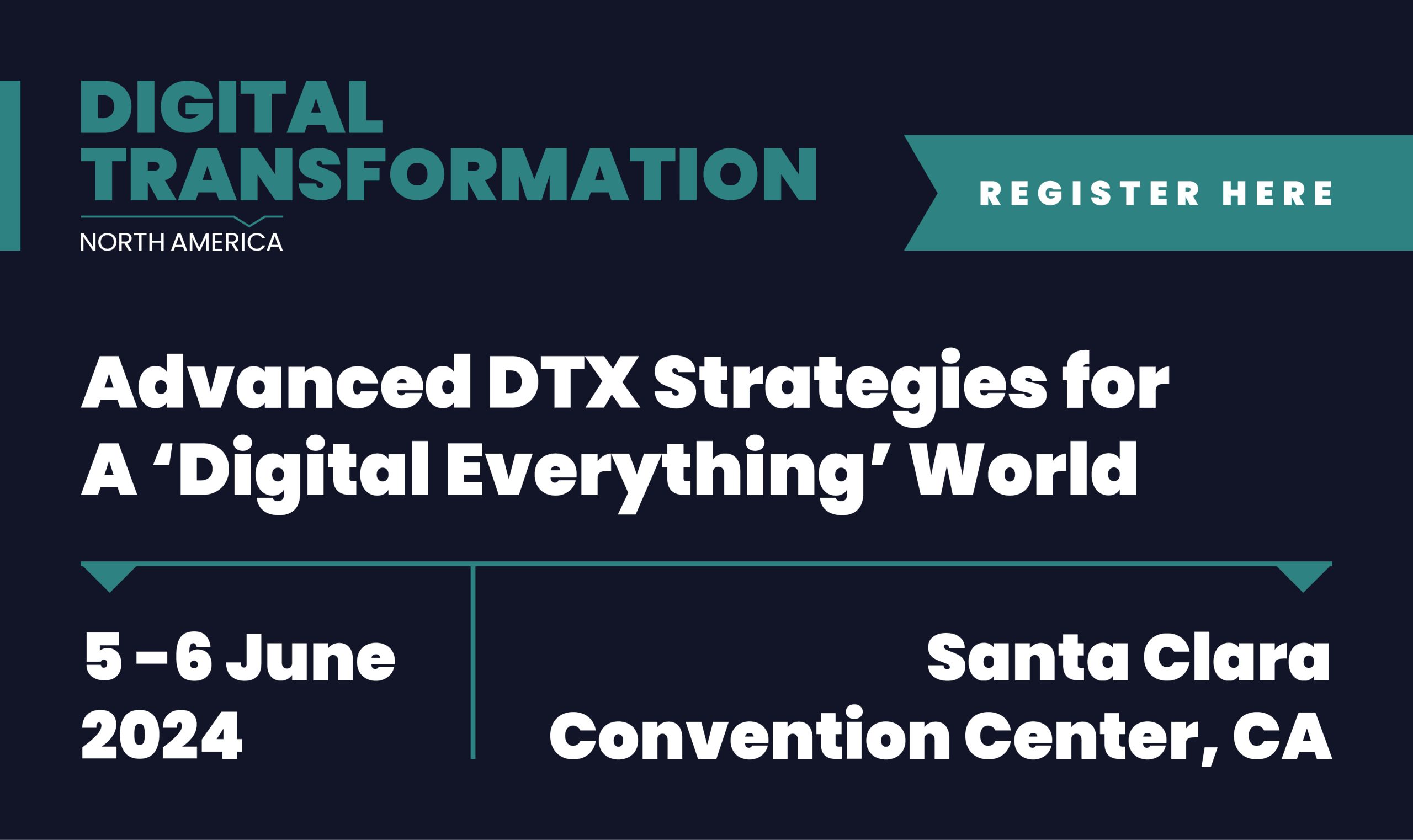
Organisations everywhere have faced countless challenges over the last two years. With the global health crisis forcing businesses to accelerate their digital transformation initiatives, the tech industry came under increasing pressure to keep up with demand.
Today, as we emerge from the worst of the pandemic, companies face increasing social, political, and economic challenges. An innovation-only mindset is now the only viable option for many businesses’ survival and growth. In the context of simultaneous high-growth potential and increased risk, companies need to focus on high-value tasks that deliver the greatest business benefits and highest ROI.
Anticipating what could go wrong and what could be impacted, as well as dynamically re-thinking strategies, has become increasingly important. As a result, organisations need to adopt business practices that will help them determine the real value of their software development, delivery efforts, and resources.
It’s no surprise, then, that we can expect to see an increase in the adoption of approaches like value stream management (VSM) in the post-pandemic world. By no means a new methodology, VSM has evolved significantly since its early days in manufacturing.
In its infancy, VSM was used primarily to boost the efficiency of product delivery by identifying and eliminating waste. While this is still a crucial part of its function, VSM today focuses on improving wider efficiencies across the organisation. In recognition of this, Gartner® predicts that by 2023, 70 percent of organisations will use VSM to improve flow in their DevOps pipeline for faster delivery of customer value.
A bird’s eye view
In recent times, innovations such as DevOps, CI/CD cloud-native design, open-source tools, and microservices have transformed enterprise software development, enabling organisations to deliver their products faster than ever before.
Despite their benefits, however, they are largely unable to identify how long that delivery will take, or how much it will cost. VSM is designed to address this. Focusing on the value of software development and delivery initiatives across an organisation’s software development lifecycle (SDLC), or “digital value stream,” VSM provides insights and metrics across a product’s digital value stream – including all the key steps that occur from ideation to product delivery.
Organisations typically have a list of strategic business drivers, features, and functions they need to implement, which together will deliver specific business value. Essentially, by starting with clear business objectives aligned with the needs of the customer and end user, the process should result in satisfied customers.
Alignment with business strategy
The reality of execution means that there will often be areas where the delivery processes are delayed and areas that require rework, defects and issues are raised, and processes await interaction. This can harm an organisation’s KPIs on value and velocity delivered, risk, and assumed cost and quality.
The role of VSM is to help identify which of these areas would benefit most from optimisation: For example, one question VSM helps with is which specific segment of the value stream could automation be added to, or a team reshaped, or tools added or taken away to deliver the greatest impact? Another question could be is fixing one area of waste less cost-effective than fixing another? Naturally, caution must be applied when undertaking improvements to a specific area such as, to paraphrase Russell Ackoff, updating one part of a system in isolation can also have a negative impact upon the performance of the system as a whole.
Often, organisations aren’t able to identify where their inefficiencies lie. Others will invest time, money, and resources in actions that aren’t closely aligned to their business strategy. Sometimes, their SDLC delivery process is slow, they can’t predict when a release will be delivered, or the quality simply isn’t up to scratch.
Mapping every change made to an application to a strategic theme and executing via a technology that supports VSM will ensure development activities stay on track and remain aligned with the context of the organisation’s business strategy. It also enables organisations to measure time-to-value – how fast (or slow) the SDLC is moving and why, how much time is being wasted, where process friction exists, and how much can be removed to improve efficiency.
By answering questions like these, VSM allows organisations to stay optimised and stay competitive.
An essential solution
Effectively managing modern software development and maximising the delivery of value to customers can be challenging without the data-driven insights offered by VSM.
By providing a view of their entire SDLC, VSM enables software teams to identify and examine critical elements of the value stream from the perspective of the customer, helping them to quickly identify issues or delays, eliminate wasteful activity, and create room for innovation. But a modern, end-to-end VSM platform doesn’t just provide real-time insights. It also enables organisations to take action when and wherever necessary.
Micro Focus ValueEdge is a value stream management solution that addresses these challenges by combining enterprise-level strategic portfolio management, agile management, quality management, functional and performance testing, agile release governance, and application security into a single platform. Underpinned by AI, with embedded smart analytics, it helps organisations prioritise businesses challenges, maximise flow efficiency and traceability, identify and minimise waste, identify the best area for optimisation, automate low-value tasks, increase quality, and, perhaps most importantly, maximise ROI.
Today, around one in five organisations are enjoying the benefits of VSM, with a large number exploring how it might be useful for them. Given the speed at which business of all sizes and types are embracing digital transformation, VSM has never been more important for helping software companies cope with the accelerated demands of this post-pandemic age, delivering high-value business change as quickly as possible and ensuring waste is removed from digital value streams.







